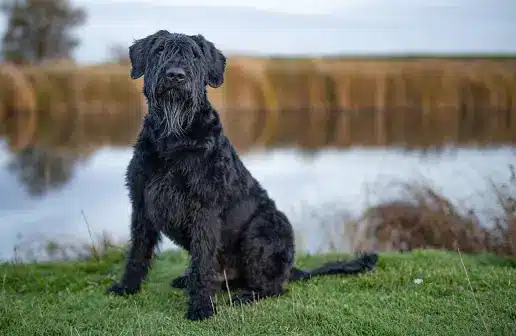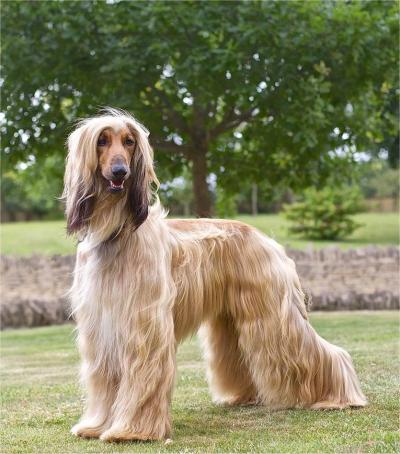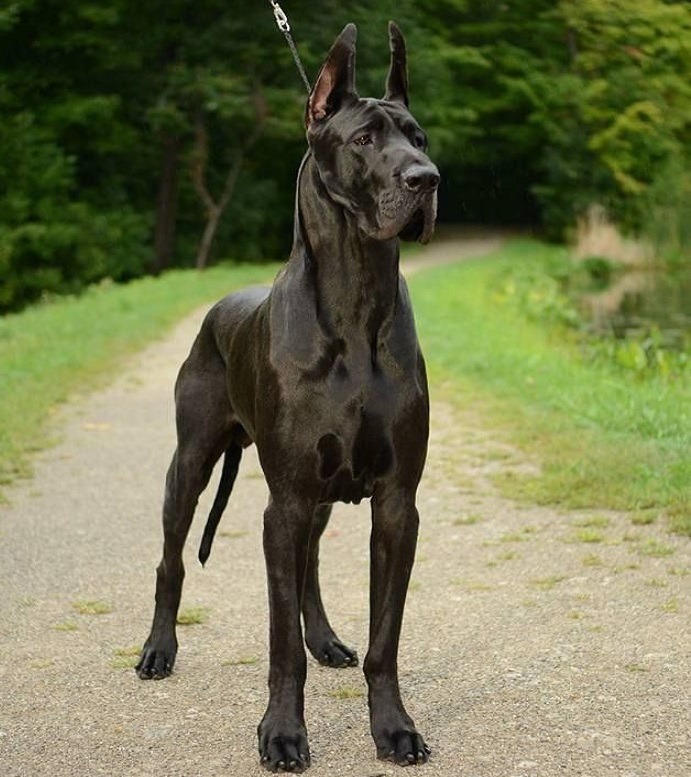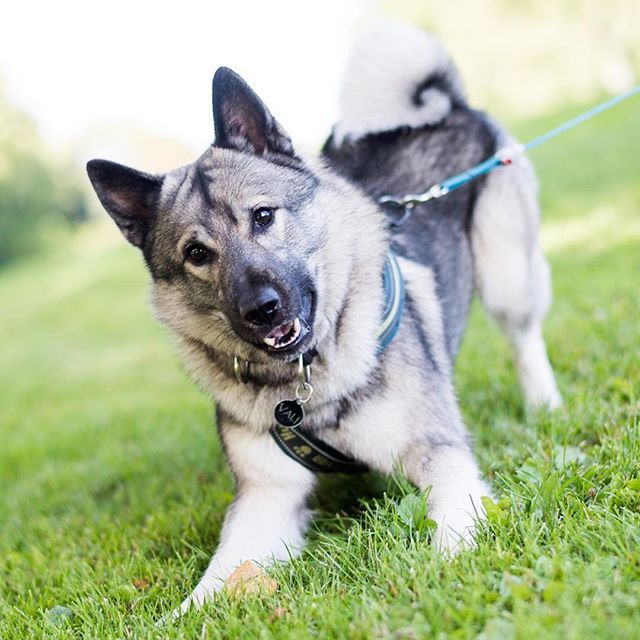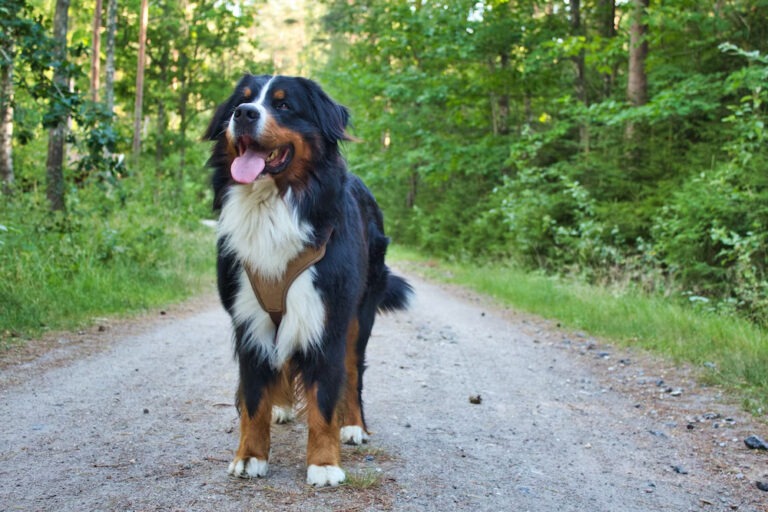Giant Schnauzers are large, powerful dogs known for their intelligence and loyalty. Originally bred in Germany, they were used as working dogs on farms and later became popular in police and military roles. With their strong build and distinctive bearded faces, Giant Schnauzers make excellent companions for active families and individuals who can provide them with plenty of exercise and training.
History and Origin of Giant Schnauzers
Development of the Giant Schnauzer breed
The Giant Schnauzer breed has a rich history that dates back to the 17th century in Germany. They were developed by crossing Standard Schnauzers with larger breeds like the Great Dane and Bouvier des Flandres. The goal was to create a versatile working dog that could excel in various tasks, such as herding livestock, guarding property, and even pulling carts.
Origin of the Giant Schnauzer name
The name “Giant Schnauzer” is derived from the German word “schnauze,” which means snout or muzzle. This refers to the breed’s distinctive facial appearance, characterized by a strong, square-shaped head and a prominent beard and eyebrows. The term “giant” was added to differentiate this larger Schnauzer variety from the smaller Standard and Miniature Schnauzers.
The breed’s name perfectly encapsulates their unique physical features, and their size distinguishes them as the largest among the Schnauzer breeds. The Giant Schnauzer’s imposing presence, combined with their intelligence and versatility, has made them highly sought-after working dogs throughout history.
As the breed continued to develop, breeders focused on refining their working abilities and enhancing their appearance. Today, Giant Schnauzers are known for their extraordinary intelligence, loyalty, and trainability, making them a preferred choice for various working roles, including police and military work, search and rescue operations, and competitive dog sports.
Distinctive Physical Features
Size and weight of Giant Schnauzers
Giant Schnauzers are known for their impressive size and robust build. On average, male Giant Schnauzers stand between 25.5 to 27.5 inches tall at the shoulder, while females typically reach a height of 23.5 to 25.5 inches. In terms of weight, males usually weigh between 60 to 85 pounds, whereas females typically weigh between 55 to 75 pounds. Their substantial size contributes to their ability to perform various tasks, making them excellent working dogs.
Coat color and texture
One of the most striking features of Giant Schnauzers is their unique coat. They have a double-layered coat that consists of a harsh and wiry outer coat and a dense, soft undercoat. The most commonly seen coat color in Giant Schnauzers is solid black, which adds to their distinctive appearance. However, some Giant Schnauzers may also have a pepper and salt coloration, where their coat displays a mixture of black and white hairs. This color variation further enhances the visual appeal of these remarkable dogs.
Distinctive facial features
Giant Schnauzers possess a distinct and expressive facial structure that sets them apart from other breeds. Their heads are elongated and rectangular in shape, with a well-defined stop and a strong muzzle. One of their most notable features is their dark, almond-shaped eyes, which exude intelligence and alertness. Additionally, their ears are naturally floppy, but they are often cropped to stand erect, further adding to their imposing presence. The combination of these physical attributes gives Giant Schnauzers a distinctive and captivating facial appearance.
In conclusion, Giant Schnauzers exhibit several distinctive physical features that contribute to their versatile and striking appearance. From their impressive size and weight to their unique coat color and texture, as well as their expressive facial features, Giant Schnauzers truly stand out among working dogs.
Versatility in Working Roles
Giant Schnauzers as police and military dogs
Giant Schnauzers are highly valued in the field of law enforcement and military work due to their exceptional abilities and characteristics. Their intelligence, loyalty, and fearless nature make them ideal candidates for such roles.
In police work, Giant Schnauzers excel in tasks such as tracking and apprehending criminals, detecting drugs or explosives, and providing security and protection. Their keen sense of smell and instinctive nature allow them to effectively assist in investigations and patrols.
Similarly, in military operations, Giant Schnauzers play a vital role in various tasks. They can be trained to detect enemy combatants, locate hidden weapons or explosives, and provide support during reconnaissance missions. Their size, strength, and agility make them a valuable asset in combat situations.
Giant Schnauzers in search and rescue
Giant Schnauzers have proven to be valuable assets in search and rescue operations. Their high energy levels, endurance, and determination enable them to navigate through challenging terrains and locate missing persons.
Equipped with their powerful sense of smell and excellent tracking abilities, Giant Schnauzers can cover vast areas in search of lost individuals. They can detect and follow scent trails, even in adverse weather conditions. Their versatility allows them to work in various environments, including wilderness, urban areas, and disaster zones.
Their intelligence and trainability make them reliable partners for search and rescue teams. Giant Schnauzers can be taught to respond to specific commands and signals, making them effective in locating and alerting their handlers to the presence of survivors or victims.
Giant Schnauzers as therapy and service dogs
Beyond their working roles in law enforcement and rescue operations, Giant Schnauzers also excel as therapy and service dogs. Their gentle and affectionate nature, combined with their intelligence, make them ideal companions for individuals with special needs or disabilities.
As therapy dogs, Giant Schnauzers provide comfort and emotional support to people in hospitals, nursing homes, or rehabilitation centers. They have a calming effect on individuals, promoting relaxation and reducing stress. Their presence can also help improve social interactions and facilitate communication.
In the field of service dogs, Giant Schnauzers can be trained to assist individuals with physical disabilities, such as mobility issues. They can be trained to open doors, retrieve objects, or provide stability and balance. Their size and strength allow them to perform tasks that require physical assistance, enhancing the independence and quality of life for their handlers.
In conclusion, Giant Schnauzers are incredibly versatile working dogs, capable of fulfilling a wide range of roles. Whether it be as police and military dogs, search and rescue partners, or therapy and service companions, their distinctive look and exceptional abilities make them invaluable assets in various fields.
Temperament and Personality Traits
Giant Schnauzers are renowned for their exceptional temperament and distinct personality traits. These working dogs possess a unique combination of qualities that make them a sought-after breed for various tasks and roles.
Intelligence and Trainability
One of the standout characteristics of Giant Schnauzers is their remarkable intelligence. These dogs are highly intelligent and possess a keen ability to learn and comprehend commands quickly. Their exceptional problem-solving skills and quick thinking make them highly trainable, which is why they excel in various training activities and tasks.
Giant Schnauzers’ intelligence also enables them to adapt to different environments and situations with ease. They are known for their versatility and can be trained for various roles, including search and rescue, therapy work, obedience competitions, and even as assistance dogs.
Protective Nature
Giant Schnauzers are known for their inherent protective nature. With a strong instinct to guard and protect their family, these dogs make excellent watchdogs. They are highly alert and have a natural tendency to be suspicious of strangers, making them an ideal choice for home security.
Their protective nature, combined with their size and strength, makes them an effective deterrent against potential threats. However, proper socialization and training from an early age are essential to ensure they differentiate between genuine threats and harmless situations.
Loyal and Affectionate
Despite their protective nature, Giant Schnauzers are incredibly loyal and affectionate towards their family members. They form strong bonds with their owners and thrive on being a part of the family unit. These dogs are known to be loving and gentle with children, making them great companions for families.
Their loyalty extends beyond their immediate family, as they are generally friendly towards familiar faces. However, they may be wary of strangers until properly introduced. Once a Giant Schnauzer accepts someone into their circle, they are known to be extremely devoted and affectionate.
In conclusion, Giant Schnauzers possess a remarkable combination of temperament and personality traits that make them versatile working dogs. Their intelligence and trainability allow them to excel in various roles, while their protective nature ensures the safety of their loved ones. Their loyalty and affection make them wonderful companions for families, creating a bond that is both strong and enduring.
Giant Schnauzer Care and Maintenance
Exercise requirements
Giant Schnauzers are energetic and active dogs that require regular exercise to keep them physically and mentally stimulated. A daily exercise routine is essential to prevent them from becoming bored or developing destructive behaviors. These dogs have a high energy level and enjoy activities such as long walks, jogging, running, and playing fetch. Engaging them in interactive games or agility training can also be beneficial for their overall well-being. It is recommended to provide them with at least 60 minutes of exercise every day to keep them happy and healthy.
Grooming needs
Giant Schnauzers have a distinctive double coat that requires regular grooming to keep it in optimal condition. Their wiry outer coat and soft undercoat need to be brushed at least two to three times a week to prevent matting and tangling. Regular brushing also helps to remove loose hair and reduces shedding. Additionally, these dogs may need to be hand-stripped or professionally groomed every few months to maintain the texture and appearance of their coat.
Apart from brushing, it is essential to pay attention to their dental hygiene. Regular tooth brushing and dental check-ups are necessary to prevent dental issues and maintain good oral health. Trimming their nails regularly is also important to prevent discomfort or potential injuries.
Nutritional considerations
Providing a balanced and nutritious diet is crucial for the health and well-being of Giant Schnauzers. High-quality dog food that is specifically formulated for large and active breeds is recommended. The diet should consist of a proper balance of protein, carbohydrates, and healthy fats. It is important to avoid overfeeding as Giant Schnauzers can be prone to weight gain, which can lead to various health issues.
Health Concerns and Lifespan
Common health issues in Giant Schnauzers
Giant Schnauzers, although generally healthy, are prone to certain health issues. It is important for owners to be aware of these potential concerns and take necessary precautions to ensure the well-being of their beloved pets.
- Hip Dysplasia: This is a common orthopedic condition in which the hip joint doesn’t develop properly, leading to discomfort and mobility issues. Regular exercise, a balanced diet, and maintaining a healthy weight can help mitigate the risk of hip dysplasia in Giant Schnauzers.
- Gastric Dilatation-Volvulus (GDV): Also known as bloat, GDV is a life-threatening condition that affects deep-chested breeds like Giant Schnauzers. It occurs when the stomach fills with gas or fluid and twists on itself, cutting off blood flow. Immediate veterinary attention is crucial in such cases.
- Progressive Retinal Atrophy (PRA): This inherited eye disease can lead to gradual vision loss and eventually blindness. Regular eye check-ups and genetic testing can help identify PRA early on and allow for appropriate management.
- Cancer: Like many dog breeds, Giant Schnauzers have a predisposition to certain types of cancer, including hemangiosarcoma, osteosarcoma, and melanoma. Routine veterinary check-ups, early detection, and prompt treatment can greatly improve the prognosis.
Average lifespan of Giant Schnauzers
On average, Giant Schnauzers have a lifespan of 10 to 12 years. However, with proper care, a balanced diet, regular exercise, and routine veterinary check-ups, some individuals have been known to live beyond 12 years.
It is worth noting that genetics, lifestyle, and environmental factors can influence the lifespan of a Giant Schnauzer. Responsible breeding practices, including health testing of parent dogs, can help improve the overall health and longevity of the breed.

